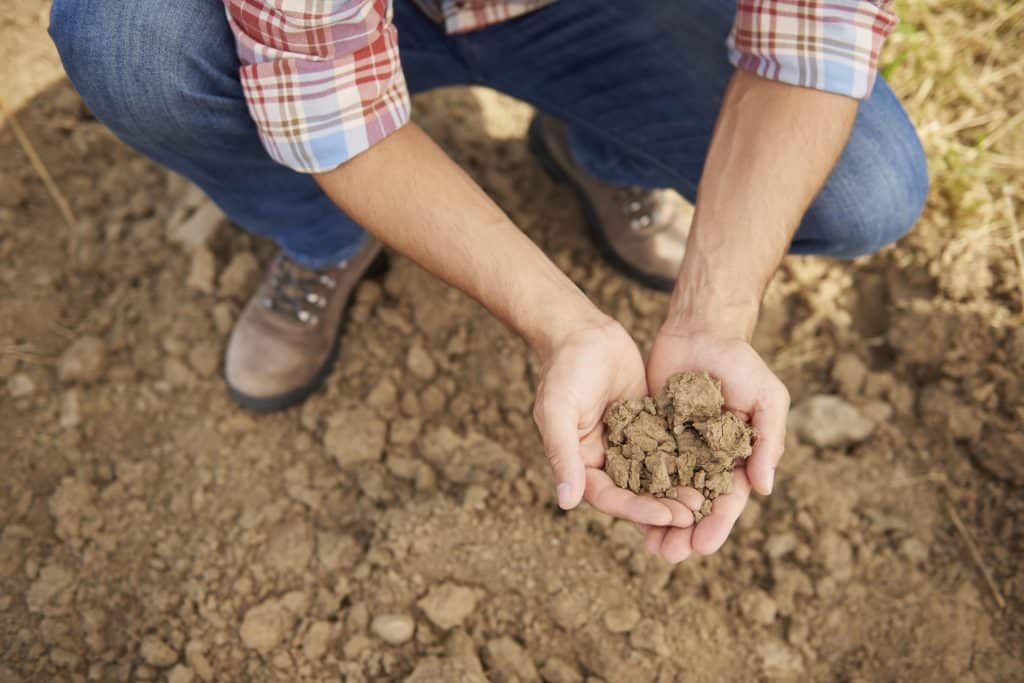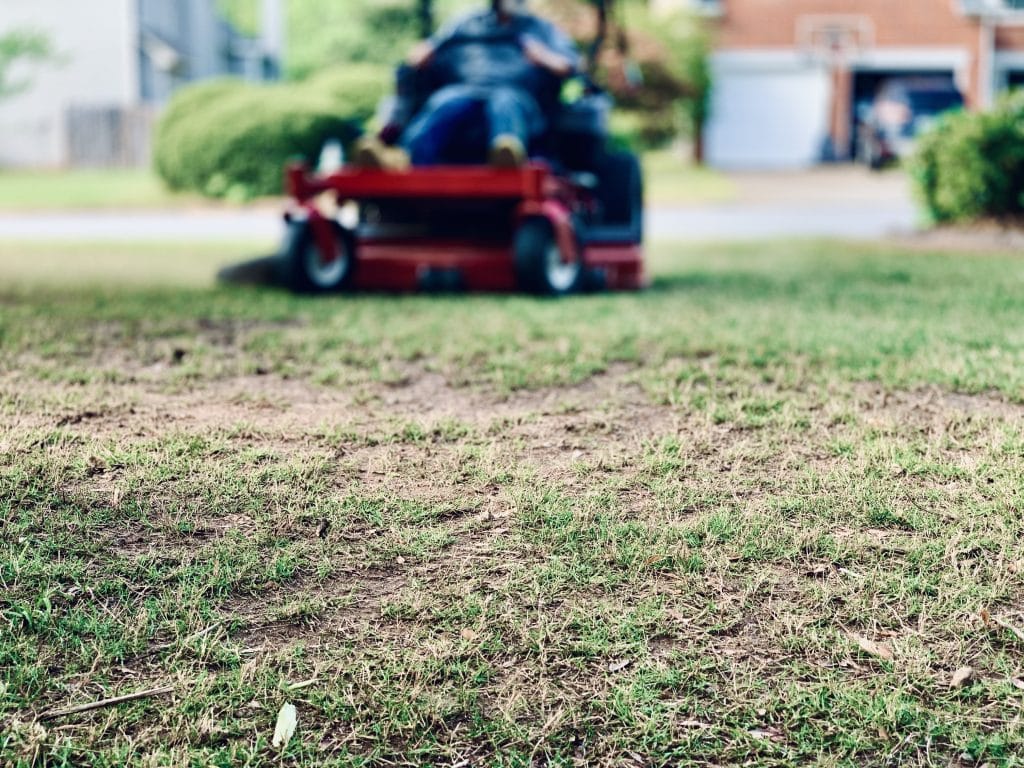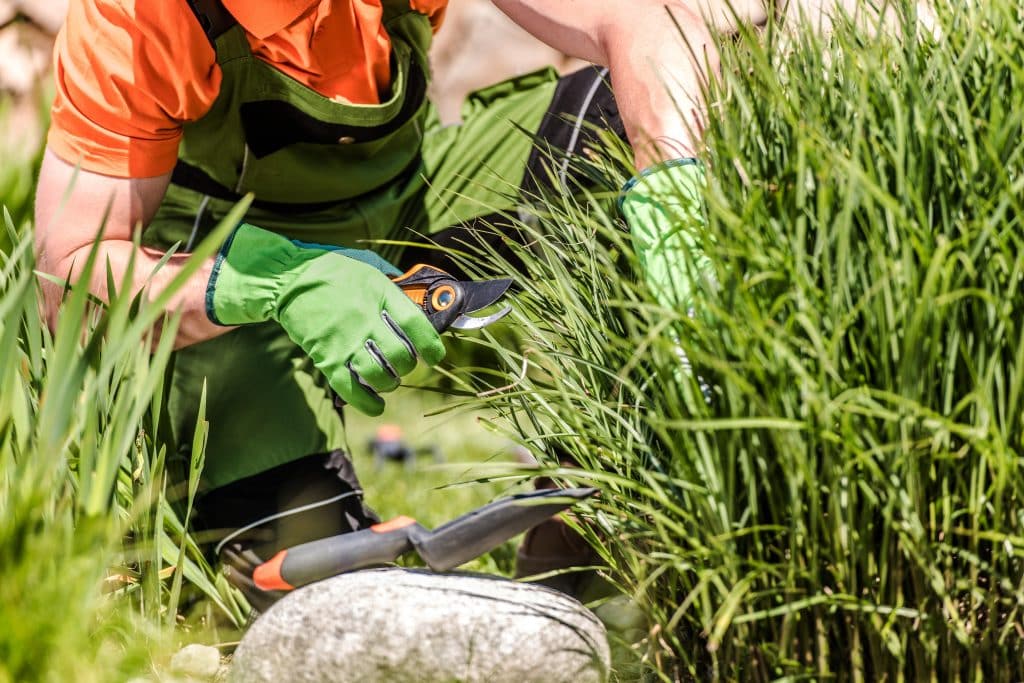As a homeowner, you likely take pride in maintaining your property’s landscape. From flower beds to lawn care and beyond, keeping your outdoor surroundings looking their best can be both enjoyable and challenging. However, with the right strategies and tips in place, maintaining your home’s landscape can become second nature — allowing for more leisure time spent outside!
In this post, you will find some simple yet effective ways to keep your garden or backyard looking its finest all year round. So read on to learn more about maintaining a beautiful residence environment regardless of the season!
Contents
Potential Threats To Your Home’s Landscape

Part of maintaining a healthy and beautiful outdoor space is recognizing threats that could potentially damage your landscaping. From pests to harsh weather conditions, various factors can damage or destroy the plants and features that make up your outdoor space. Insects like aphids or mealybugs can quickly wreak havoc on leafy greenery, while diseases like powdery mildew or root rot can spread throughout a yard.
In addition, severe weather events like hail storms or hurricanes can cause significant damage to trees, shrubs, and flowers. By being aware of these potential threats and taking preventative measures like regular maintenance and inspections, you can help protect your home’s landscape and keep your outdoor space looking beautiful.
Tips For Maintaining Your Home’s Landscape
With a variety of potential threats to your home’s landscape, it’s essential to know how best to care for and maintain the plants and features that make up your space. Here are a few simple tips you can put into practice:
Check Your Soil

Maintaining a beautiful landscape demands attention and care, and checking the soil is a crucial aspect of this maintenance. Soil testing offers crucial insights into the health of your landscape and allows you to customize nutrient and water applications as needed. Besides, it can help you identify soil issues such as pH imbalances, nutrient deficiencies, and excess salts, which can significantly impact plant health.
A soil analysis can also help you decide which plants best suit your yard and guide you in using the right fertilizer amounts. By regularly testing your soil, you can ensure that your garden is thriving, full of life, and bursting with vitality. It is an insightful practice that will sustain your landscape for years to come!
Stay On Top Of Mowing And Edging

Trying to keep your lawn lush and well-manicured can be a lot of work, but the rewards are well worth the effort. Regular mowing and edging are vital in keeping your home’s landscape looking its best. Not only does it ensure that your lawn stays healthy and green, but it also adds to your home’s overall curb appeal. However, it’s important to note that there is no one-size-fits-all approach to lawn maintenance.
Factors such as grass type, weather conditions, and soil quality all play a role in determining the ideal mowing and edging schedule for your lawn. By staying on top of these tasks and remaining attuned to the unique needs of your landscape, you can create a beautiful outdoor space that you can enjoy year-round.
Aerate Your Lawn

One of the most crucial aspects of keeping your landscape thriving is to aerate it regularly. Aeration is the process of punching small holes throughout your lawn to allow nutrients, water, and air to penetrate the root zone. These holes also encourage root growth and promote a healthy and lush lawn. While some may view aeration as an unnecessary chore, it is essential to maintaining a beautiful landscape.
If you are unsure when it’s time to aerate your lawn, certain signs will indicate when it’s necessary. For instance, if your yard is compacted or has an abundance of weeds, these are clear signs that aeration is needed. If you don’t have the time to do it yourself, many professionals are available to take care of this task for you.
Prune Your Trees And Shrubs

Trees and shrubs are often the centerpieces of a home’s landscape, and they require special attention to keep them healthy and looking their best. Pruning is a necessary part of maintaining your trees and shrubs, as it removes dead or diseased branches, encourages new growth, and helps maintain the desired shape.
Pruning can also help protect against dangerous pests and diseases by promoting air circulation and preventing overcrowding. Be sure to research your plants to ensure you are pruning them correctly and at the right time of year. But in general, it’s best to prune during the late winter or early spring when your trees and shrubs are dormant.
Address The Weeds

Weeds are among the most problematic pests in the landscape. Not only do they compete with your plants for nutrients and water, but they can also spread disease and create an unsightly appearance. Regular weeding is vital to keeping your landscape looking its best and preventing weeds from taking over.
When it comes to dealing with weeds, prevention is key. Applying mulch around your plants can help keep weeds at bay, and there are also a variety of herbicides available to treat existing pests. You will want to avoid using chemical weed killers on a regular basis, as they can be harmful to the environment and other plants in your landscape. So consider using natural remedies, such as vinegar or boiling water, to eliminate weeds effectively.
Protect Your Plants From Pests

Pest infestations can cause significant damage to your landscape and lead to costly repairs. To keep pests at bay, you must take proactive steps to protect your plants from them. Start by choosing plants that are native or well-adapted to your area, as they are more likely to be resistant to common garden pests. Additionally, you should inspect your plants regularly for signs of infestation and use natural pest controls whenever possible.
Options like insecticidal soap, neem oil, and beneficial insects are among the most effective natural pest control methods. These treatments will help create a healthier landscape by eliminating pests without harming your plants or the environment.
Maintaining Your Home’s Landscape Can Be Simple!
Creating a beautiful outdoor space takes time, effort, and dedication. However, by following the tips outlined above, maintaining your home’s landscape can be relatively simple. From aerating your lawn to protecting your plants from pests, there are a variety of steps you can take to keep your outdoor oasis looking its best and ensure that you can enjoy it year-round. So go ahead and start tending to your landscape and enjoy the fruits of your labor!


